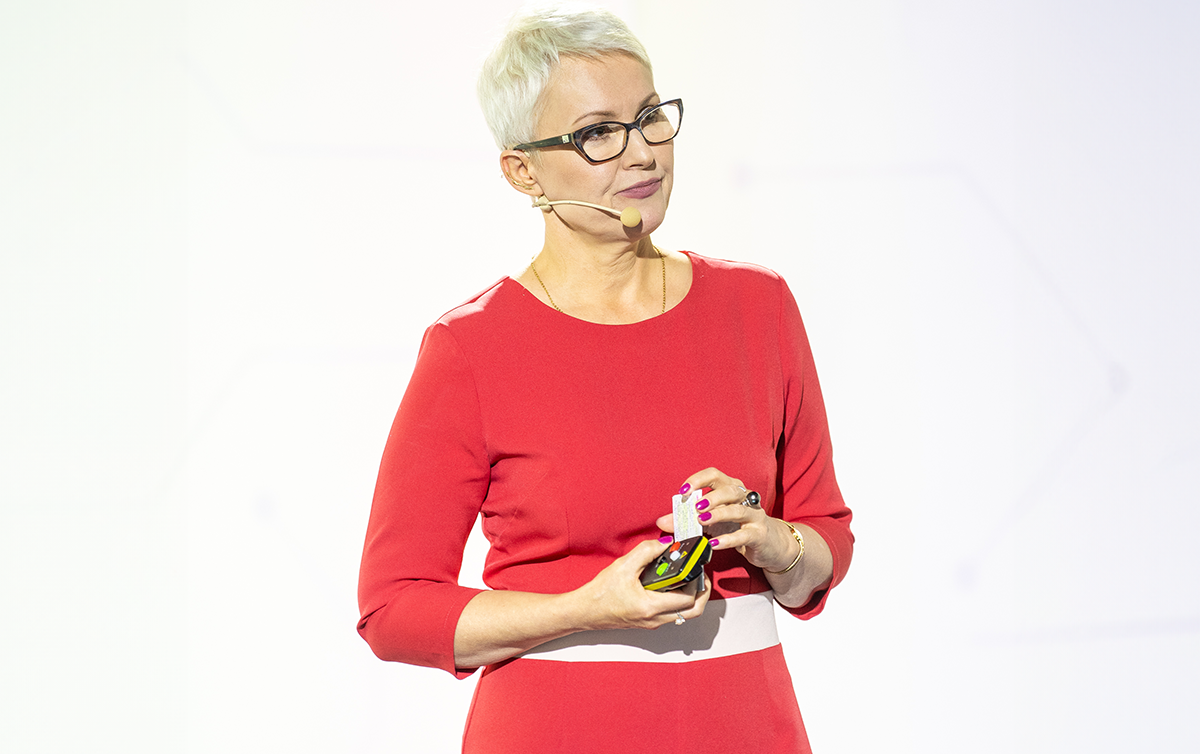In the modern world, remuneration for work has long ceased to be based solely on financial gratification. Additional benefits for employees have emerged on the market, which not only play a motivational role, but can also help take care of health, facilitate the development of human potential and passions, or simply guarantee fun.
Employee benefits – what are they and what are they not?
Employee benefits are simply a form of extra compensation offered in addition to the base salary. Some of the most well-known include the MultiSport card, language courses, additional training budgets or, for example, access to psycho-educational apps on the phone (such as, among others, Focusly as part of MultiLife).
In addition to employer-paid benefits, there are also those that do not require a monetary contribution – for example, the ability to perform your duties remotely or flexible working hours. It is worth remembering that non-wage benefits cannot be a form of compensation for inadequate remuneration. Benefits also do not include the tools necessary for the job, which, depending on the position, include a company phone or laptop with the Office suite.
New forms of providing non-monetary gratification to employees are emerging in the market all the time. This is because it is an industry that effectively analyses and responds to people’s current needs. It is sometimes difficult to find your way through the maze of these various offers and to identify the ones that will be most effective for your business.
This problem is further complicated when your organisation represents a niche industry or when the team is made up of many individuals. How to find a solution that satisfies everyone?
This is where Benefit Systems’ experts come to the rescue. They can help:
identify the needs of the employer and employees,
develop an organisation-wide wellbeing strategy based on the above,
select effective programmes and tools necessary for its implementation,
measure and verify the results of activities.
Take care of your team comprehensively! You can read more about this proprietary tool HERE.
Why is it worth investing in non-wage benefits?
Non-wage benefits:
are an effective form of motivating employees – implementing them allows not only to encourage potential candidates to take part in the company’s recruitment process, but also to motivate and retain current employees in the long term;
are a way to show gratitude to your employees, as well as stimulate them to care for their health or mental and physical wellbeing;
allow to reward all employees, regardless of their position and its importance;
their affordability, huge variety and easy access make them a good option for any industry.
Companies that offer a wide range of benefits are generally seen as more committed to employee welfare. This is because it is very important for both potential candidates and current employees to feel secure, appreciated and cared for, which is what non-wage benefits make possible.
A survey conducted in 2022 by PeopleKeep, a platform that enables American employers to implement benefits packages, showed that as many as 83 percent of respondents consider their availability as one of the most important factors they take into account when looking for a job.
Benefits packages and employee experience – is it worth offering benefits to employees?
Employee experience is otherwise known as employee’s experiences with a company, collected throughout the entire period of employment – from the recruitment stage to parting with the company. They can be both positive and negative, and are influenced by many factors.
How can benefits affect employee experience?
Motivation and retention
An employee who feels that their work is appreciated by their employer is satisfied, motivated and above all – loyal. Nowadays, staff turnover is quite a problem, and a rich benefits package can help counteract it. By committing to the wellbeing and satisfaction of employees, you can make them feel valued and cared for, thus reducing the likelihood of them seeking a better-rewarded position elsewhere.
A survey by insurance company Aflac showed that nearly half of the 6,000 respondents plan to look for a new job if their current employer does not offer non-wage benefits or has a small range of them. In contrast, another survey, conducted by Willis Towers Watson, suggests that as many as 78 percent of respondents believe they are more likely to stay in their current position if they are satisfied with the benefits package.
Productivity
Not only motivation, but also the wellbeing of employees translates into greater productivity; and as we all know – greater employee engagement is a profit for the employer. Many studies have shown that the quality of our work largely depends on how well rested we are and the state of our psyche. One of the tasks of a properly designed benefits system is to support the employed in reducing stress and stimulate them to spend their leisure time in a truly regenerative and joyful way (e.g. through an online yoga course).
By offering employees various types of non-wage benefits, we help increase their productivity and commitment to their duties. We also reduce the number of employees performing at an unsatisfactory level.
Attracting more potential employees
Availability of employee benefits is an important consideration for prospective employees during recruitment. Results of the MultiSport Index 2023 report show, among other things, that up to 68 percent of employees believe that a MultiSport card should be part of the basic benefits package at work. By offering various kinds of additional benefits – whether it is private medical care (e.g. in the form of teleconsultation with a doctor), or even flexible working hours and development training (and making them known in job offers), you have a chance to stand out from the competition. They will also help attract more candidates interested in the offer and, as a result, valuable future employees.
Support tailored to employee needs
In addition to their wellbeing, employees also want to feel confident and safe. Private medical care or access to consultations with a psychologist, which (especially in today’s tough economic times) are beyond many people’s budgets, are just examples of the kind of benefits that can help employees feel more at ease.
Employees realise that today’s job market is so dynamic that only those who are constantly developing and investing in their skills, both linguistic and specialised, can be sure of their jobs. Employer support in properly maintaining the work-life balance and managing stress is also increasingly in demand.
A survey conducted on behalf of insurance company Rogers Gray shows that nearly half of the 1,500 respondents find the company they are considering employment with much more attractive if the benefits packages are tailored to their individual needs.
Company image
Companies that offer non-wage benefits are seen as more committed to employee welfare. Thus, the introduction of such benefits has a positive impact on the company’s image, not only from the perspective of potential candidates, but also from that of consumers.
It’s also about an attitude which shows that the employer doesn’t only care about profits, but has a much broader perspective. They realise that they can have a positive impact on both their surroundings and the entire employee community. With benefits, they can act even more effectively in this regard. Especially if they are part of innovative wellbeing strategies enabled by MyBenefit.
A satisfied employee is a satisfied customer
Do not forget that by taking care of your employees, you also take care of your customers. A satisfied, motivated and enthusiastic employee is an excellent showcase for a company, which is why a good employee experience is so important to the functioning of any organisation regardless of the industry in which it operates.
Aid at a time of rising costs of living
Due to the difficult economic situation, many working people deny themselves some of the benefits they need due to a tight budget. Supporting your employees during this difficult economic time will help us build mutual trust and respect, and increase the mental comfort of your staff, which is essential to building and maintaining their commitment.
The financial wellbeing of employees is particularly taken care of by the cafeteria system, which allows its users to choose the benefits they most need at any given time. For example, these can range from grocery vouchers to vouchers for shoes or books for children or medical packages.
How to introduce a benefits system in your company to improve employee experience?
As we mentioned at the beginning of the article, first of all, it is worth starting with an analysis of your employees’ needs. A simple tool can be used for this purpose, namely a survey. Such survey should include suggestions for such benefits, for example from areas such as health, nutrition, psychological support and development. You will use the results of such a survey as a benchmark for creating a benefits plan. After all, the most important thing is that they should be tailored not only to the company’s budget, but, more importantly, to the individual needs of its employees.
Remember that it’s all about employee satisfaction, which is priceless for any organisation. A satisfied employee is not only more effective, but also contributes to strengthening the company’s image among consumers.
References:
Ben Whitter, Employee Experience: Develop a Happy, Productive and Supported Workforce for Exceptional Individual and Business Performance, 2019
Jack Altman, People Strategy: How to Invest in People and Make Culture Your Competitive Advantage, 2021






















